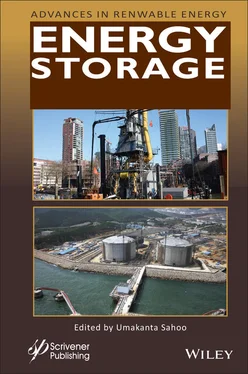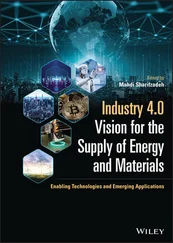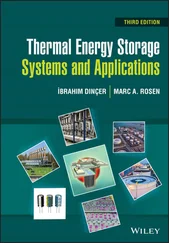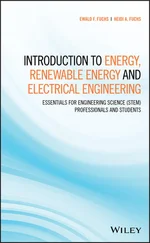Keywords:Solar thermal, thermal energy storage, parabolic trough collector, solar tower, stirling dish technology
According to the International Energy Agency (IEA) in 2019, global energy demand will rise by 1.3% each year to 2040. Non-renewable energy takes up a major percentage of the global energy sector. The awareness and use of renewable energy is one of the ways to meet sustainable energy goals and to alleviate the associated environmental problems including carbon emission. Also, the development on renewable energy is significantly slow-paced as observed in the last few decades. The development of renewable energy is seen only in very few countries. The most popular renewable energy sources currently under consideration are wind energy, solar energy, tidal energy, geothermal energy, hydro energy, etc. Due to many benefits including ready availability, the larger proportion of interest is taken by solar energy among various types of renewable energy sources (Regin et al ., 2008). However, the momentum of renewable energy technologies is not as significant as is needed with the expansion of the global economy and growth of population.
In the solar energy field, two major breakthrough technologies that have attracted significant attention in many countries are Solar Photovoltaic (PV) power generation and Concentrated Solar Power (CSP) plants. In solar PV plants, the solar energy is directly converted to electricity by using solar cells (Muhammad and Arshad, 2020; Jain et al ., 2020; Khajepour and Ameri, 2020; Ahmed et al ., 2020; Zhang et al ., 2013). The solar energy to electrical energy conversion efficiency of a commercial grade PV is observed to be less than that of CSP systems and power dispatch is not possible in PV-based solar power production. Other than larger energy efficiency, one of the major advantages of CSP is its ability to provide electrical power at nighttime and during cloudy hours. This can be made possible by incorporating Thermal Energy Storage (TES) system. The capacity to dispatch power is more in a CSP system than that of a PV-based solar power system.
1.2 Concentrating Solar Power (CSP) Technology
Solar energy is the most viable and abundant renewable energy source. The Concentrating Solar Power (CSP) technology is promising especially for countries having an abundance of solar resources. Implementation of CSP technology can secure the energy supply and reduce carbon footprint, resulting in achieving sustainable development goals. A Concentrating Solar Power (CSP) system includes a concentrator (to concentrate solar radiation), a receiver (converts solar radiation to thermal energy) and a power block (with the turbine to convert thermal energy to electrical energy). A CSP system receives and concentrates sunlight followed by converting solar radiation to thermal energy (Shouman and Khattab, 2015; Tian and Zhao, 2013; Cavallaro, 2009; Barlev et al ., 2011; Desai et al ., 2014; Islam et al ., 2018). The thermal energy is then carried by a fluid called Heat Transfer Fluid (HTF) to the power block for power generation.
The CSP concept materialized on an industry scale in the 1980s in California where nine separate Solar Electric Generating Systems (SEGS) based on parabolic trough receiver, totalling 354 MWe of installed capacity were constructed. These systems used oil as the HTF involving parabolic trough receivers based on steam turbines for power generation. As observed from the data provided by NREL, the growth of solar power plants based on CSP concepts has been led predominantly by Spain followed by the United States. New and ongoing CSP projects are also being developed in other countries as shown in Figure 1.1. As per the data provided by NREL, currently 188 worldwide CSP-based power plants are documented, out of which 71% are operational [see Figure 1.2].

Figure 1.1 Number of CSP projects in various countries
(source: NREL).

Figure 1.2 Current status of worldwide CSP plants
(data source: NREL).
1.2.1 CSP Receiver Concepts
There are two ways by which the solar radiation is concentrated from the solar panel: line focusing and point focusing systems. In the line focusing system, solar collectors concentrate the radiation along a focal line. In the point focusing system, solar radiation is concentrated on a single focal point. A single axis tracking system is needed to follow the sun during the day for the line-focusing systems. On the other hand, two axis tracking systems are needed for the mirrors in point focusing systems. Based on the focusing concepts and receiver geometry, currently four design concepts are used, such as parabolic trough system, linear Fresnel system, power towers and parabolic dish systems. A summary of these receiver concepts is illustrated in Figure 1.3and briefly explained below.
1.2.1.1 Parabolic Trough System
In parabolic trough systems, solar radiation is focused to a receiver tube located at the focal point using mirrored parabolic troughs to focus. The receiver tube carries the HTF which can be heated up to a temperature of 390ºC. The HTF is then pumped through a heat exchanger where superheated steam at high pressure is produced. Further, the steam is fed into a steam turbine connected to a generator to produce electricity. Synthetic oil, direct steam and molten salt are a few examples of HTF used in parabolic trough systems. The parabolic shaped reflectors implement a line-focusing system.
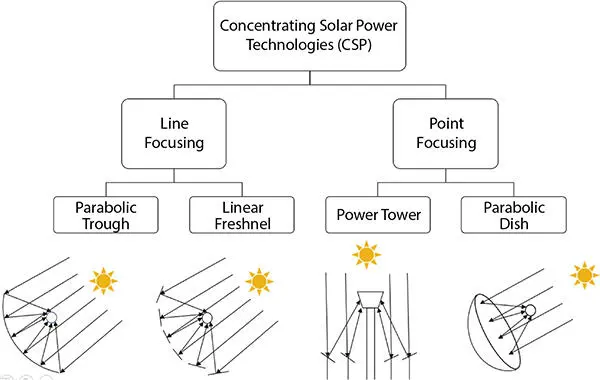
Figure 1.3 CSP receiver concepts.
Parabolic trough systems are one of the promising technologies and most preferred configurations of CSP in the solar energy market. Most of today’s commercial CSP plants are based on this concept, making up 65% (101 out of 188) of total CSP plants [ Figure 1.4]. There are a good number of research works found in the literature on the parabolic trough system (Herrmann and Kearney, 2002; Herrmann et al ., 2004; Tamme et al ., 2004; Llorente et al ., 2011; Kolb, 2011).
1.2.1.2 Linear Fresnel Reflector Systems
Linear Fresnel reflector systems use a field of narrow long mirrors. The mirrors are rotated independently to concentrate solar radiation on a stationary receiver tube. The mirrors are either flat or curved that track the sun and focus solar radiation [ Figure 1.3]. The fixed absorber tube allows for easier Direct Steam Generation (DSG). Due to direct DSG, the operating temperature for such systems can be larger. This system also works with line focusing concept.
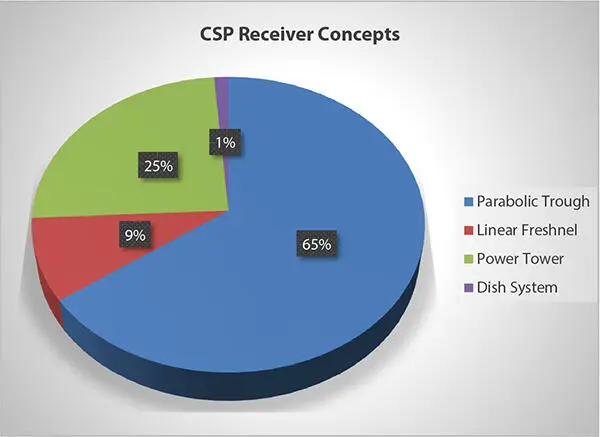
Figure 1.4 CSP receiver concepts as used worldwide.
One of the major advantages of such systems is the simple design of the reflector leading to lesser capital cost. Overall, Linear Fresnel CSP receiver system offers lowest start-up and maintenance cost. In addition, cheap and simple flat mirrors allow high reflectors density per square meter. However, linear Fresnel receivers have the lowest solar-to-electrical efficiency compared to other receivers due to high optical loss. Now 9% of all CSP plants opt for such collector concept [ Figure 1.4]. As observed from the literature, there is a good amount of fundamental and academic research work going on to enhance the performance of the CSP system with linear Fresnel receiver (Desai and Bandyopadhyay, 2015; Mills et al ., 2000; Morin et al ., 2012; Xie et al ., 2011).
Читать дальше
